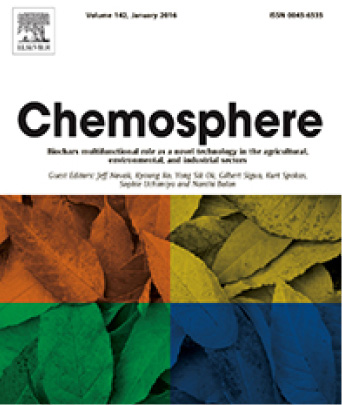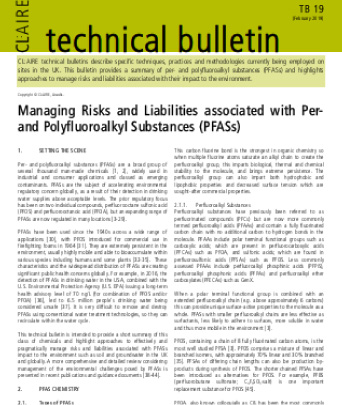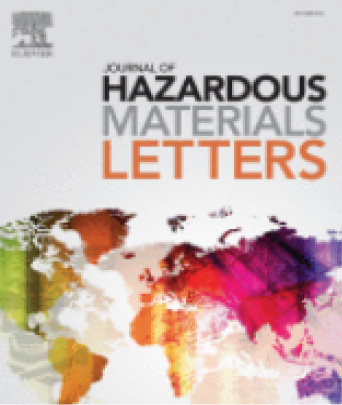Papers
Environmental Health Perspective: http://ehp.niehs.nih.gov/1509934/
Basel Convention: www.basel.int
Rotterdam Convention: www.pic.int
Stockholm Convention: http://chm.pops.int/
Montreal Protocol/Vienna Convention: http://ozone.unep.org
SAICM: http://www.saicm.org/
POPs phase out & alternatives: http://poppub.bcrc.cn/
OECD/IOMC: http://www.oecd.org/chemicalsafety/
Science: http://www.ipcp.ch/
Overview
- PFASs concentrations have been quantified at a FTG (up to 230 μg g−1 for PFOS).
- PFAS have been found within the concrete up to 12 cm depth.
- The total mass load of 15 PFASs is estimated at 1.7 kg for the whole FTG.
- A transport model for PFOS, PFOA and 6:2FTS is created under field condition.
- FTG will keep emitting these chemicals in rainfall runoff for several years/decades.
Overview
- PFASs were investigated at a AFFF impacted fire training ground (FTG).
- AFFF impacted concrete and soil core samples (0–2 m) were analysed by LC-QTOF-MS/MS.
- Mass defect filtering strategy allowed the detection of untargeted PFASs.
- Novel PFASs homologues were detected in soil and concrete samples collected at the FTG.
Overview
CL: AIRE technical bulletins describe specific techniques, practices and methodologies currently being employed on sites in the UK.
This bulletin provides a summary of per- and polyfluoroalkyl substances (PFASs) and highlights approaches to manage risks and liabilities associated with their impact to the environment.
Analyzed by LC-QTOF-MS/MS.
Overview
Firefighting training grounds (FTGs) questions regarding possible PFAS retention within concrete and subsequent releases to the environment. This investigation seeks to better understand the release from a legacy FTG. Surface ponding and rainfall simulations were conducted. The maximum concentrations of PFAS in runoff water of five rainfall simulations were similar, suggesting recurring release of PFAS from AFFF impacted concrete, which could be sustained by upward transport of PFAS in the concrete subsurface layers through a potential “wicking” effect.




